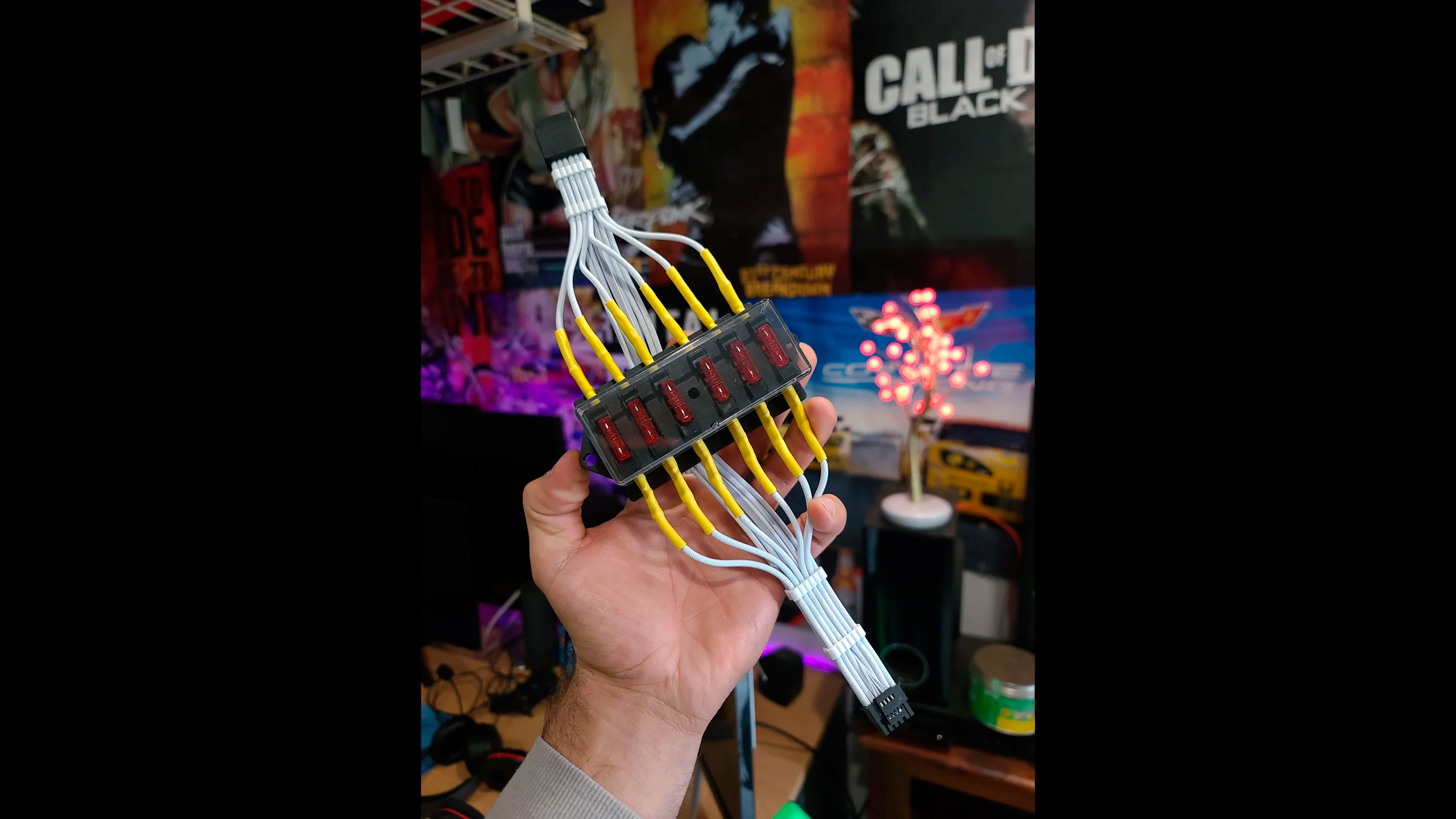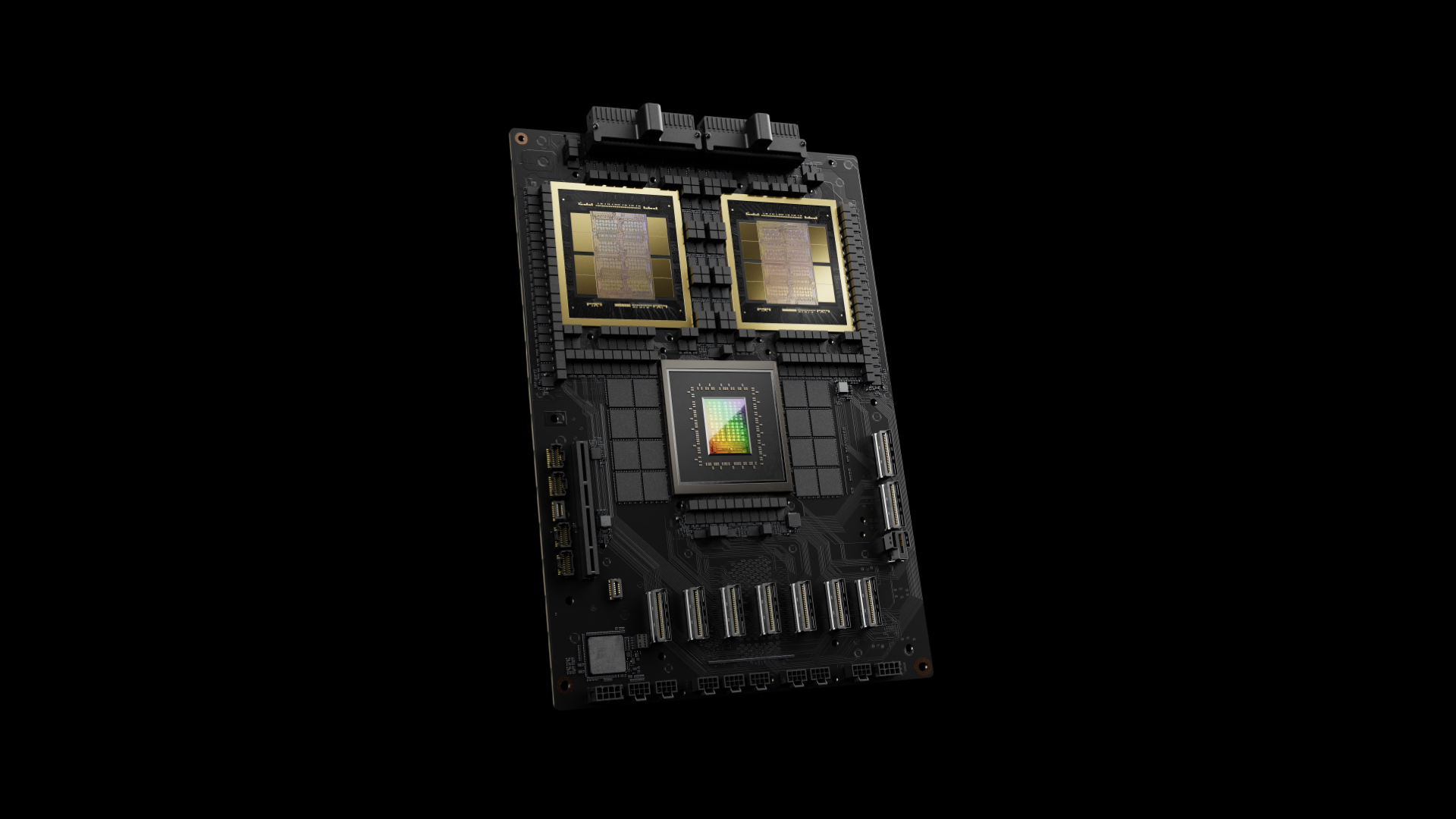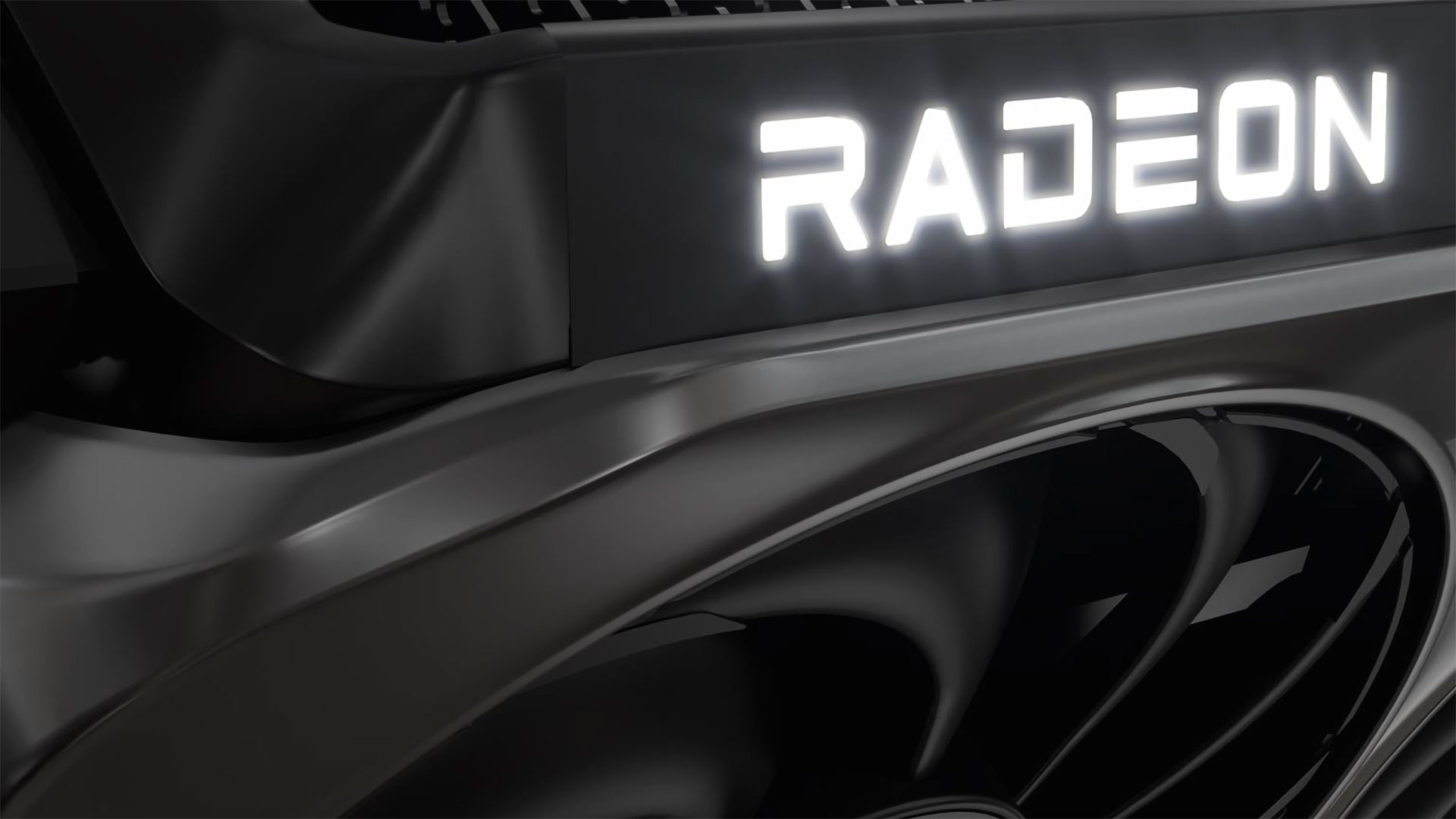## Hold Up, Gamers! Is 8GB of VRAM Actually Enough?
You’ve heard the whispers, the murmurs about the new AMD RX 9060 XT and its relatively modest 8GB of VRAM. In a world obsessed with 4K gaming and ray tracing, is this a sign that AMD is falling behind? Tom’s Hardware dives deep into AMD’s logic, arguing that the majority of gamers are still comfortably playing at 1080p and don’t necessarily need a massive VRAM boost. But are they right?

Exploring the Performance Limitations of 8GB VRAM

The debate surrounding VRAM capacity in modern gaming GPUs has been ongoing for years. While AMD’s recent RX 9060 XT launch has reignited this discussion, the crux of the issue lies in the performance limitations of 8GB VRAM, particularly in demanding AAA titles.
Even at the popular 1080p resolution, modern games often push the boundaries of 8GB VRAM. Gamers and developers alike have pointed to scenarios where 8GB GPUs struggle to maintain smooth frame rates and require compromises in graphical settings or resolution to achieve playable performance.
Professional testing with cards like Nvidia’s RTX 5060 Ti 8GB has corroborated these concerns. Despite boasting respectable raw processing power, the limited framebuffer frequently forces gamers to scale back graphical fidelity or resolution to achieve a satisfactory framerate.
Comparing the RX 9060 XT 8GB to its Competitors
To truly understand the potential for bottlenecking with the RX 9060 XT 8GB, it’s crucial to compare it to its direct competitors. The RTX 5060 Ti 8GB, released earlier this year, has been a focal point of this debate, facing criticism for its 8GB memory capacity despite its capable GB206 core.
Interestingly, even older generation GPUs like the RTX 3060 12GB, which boasts double the VRAM, have been shown to outperform the RTX 5060 Ti 8GB in certain scenarios. This highlights the critical role VRAM plays in delivering optimal performance, especially in graphically demanding titles.
The RX 9060 XT 8GB occupies an intriguing position in this landscape. It boasts significant power, but its 8GB VRAM capacity raises questions about its suitability for demanding AAA titles at higher resolutions.

Is the RX 9060 XT 8GB an Esports-Focused Offering?
AMD’s insistence that the 8GB RX 9060 XT caters to the “majority of gamers,” who play at 1080p, suggests a strategic focus on the esports market.
Esports titles, by nature, tend to have lower VRAM demands compared to AAA games. This makes sense given the competitive nature of esports, where prioritizing high frame rates and responsiveness is paramount over extravagant graphical fidelity.
However, the RX 9060 XT 8GB’s positioning feels somewhat awkward. Its raw power arguably outstrips its VRAM capacity, leaving many to wonder if it’s truly optimized for esports.
A more fitting esports-oriented offering might have been an 8GB RX 9050 positioned in the $200-$250 range. This would have allowed AMD to target the budget-conscious esports enthusiasts while still catering to the 1080p gaming crowd.
Market Implications and the Future of VRAM
AMD’s Balancing Act: Offering Both 8GB and 16GB Versions
AMD’s decision to release both 8GB and 16GB versions of the RX 9060 XT reflects a strategic approach to cater to a diverse market.
By offering a lower-priced 8GB option, AMD aims to capture the budget-conscious gamer segment, particularly those primarily playing at 1080p.
The 16GB version, on the other hand, addresses the needs of gamers seeking higher resolutions and more demanding graphical experiences.
This dual-pronged strategy allows AMD to target both ends of the spectrum while potentially driving up demand for both configurations.
Does AMD’s Segmentation Restrict 1440p Adoption?
The widespread availability of 8GB GPUs at competitive prices raises a pertinent question: does AMD’s market segmentation inadvertently hinder the adoption of 1440p gaming?
While AMD highlights the 1080p dominance, some argue that the prevalence of 8GB GPUs might discourage gamers from upgrading to 1440p, as they perceive the need for higher VRAM capacity as a barrier to entry.
This creates a potential chicken-and-egg scenario: 8GB GPUs become the standard, influencing gamer behavior and limiting the demand for higher-resolution gaming experiences.
Speculating on the Future of VRAM Requirements
The evolution of gaming hardware is a constant race towards higher resolutions, frame rates, and graphical fidelity.
As games continue to push the boundaries of visual complexity, the demand for VRAM is likely to increase. It remains to be seen whether 8GB will become the new standard, or if the industry will see a shift towards 12GB or even 16GB as the minimum requirement for delivering optimal performance in future AAA titles.
The future of VRAM capacity is a dynamic landscape shaped by technological advancements and evolving gamer expectations.
Conclusion
So, does the RX 9060 XT’s 8GB VRAM actually make sense in 2023? Tom’s Hardware argues that it does, citing data indicating the majority of gamers are still rocking 1080p resolutions and don’t need the extravagant memory allowances of more expensive cards. AMD’s stance seems to be that catering to this massive player base with a more affordable option makes more sense than chasing the high-end market. This isn’t just about the 9060 XT, though. It speaks to a larger trend in the gaming world. As technology advances, the price of entry keeps rising. This can alienate casual and budget-minded gamers, who might not have a need for 4K gaming or ray tracing. AMD’s strategy suggests a focus on making gaming accessible to the masses, potentially leaving the bleeding-edge technology to a select few. This begs the question: will we see a future where high-end hardware becomes increasingly specialized, catering to niche audiences, while more mainstream options like the 9060 XT become the norm? Only time will tell, but one thing’s for sure – the gaming landscape is evolving, and accessibility is becoming a key battleground.
